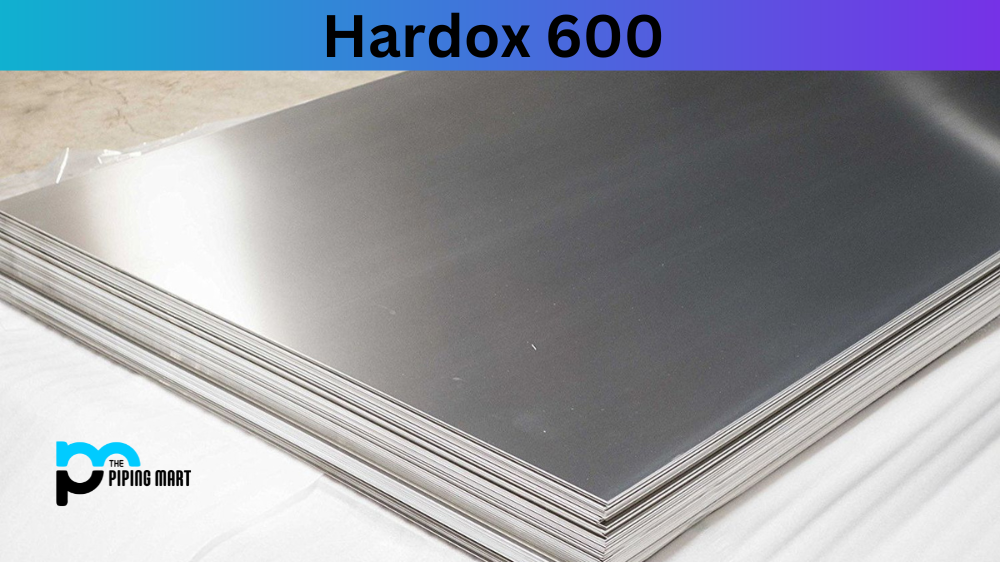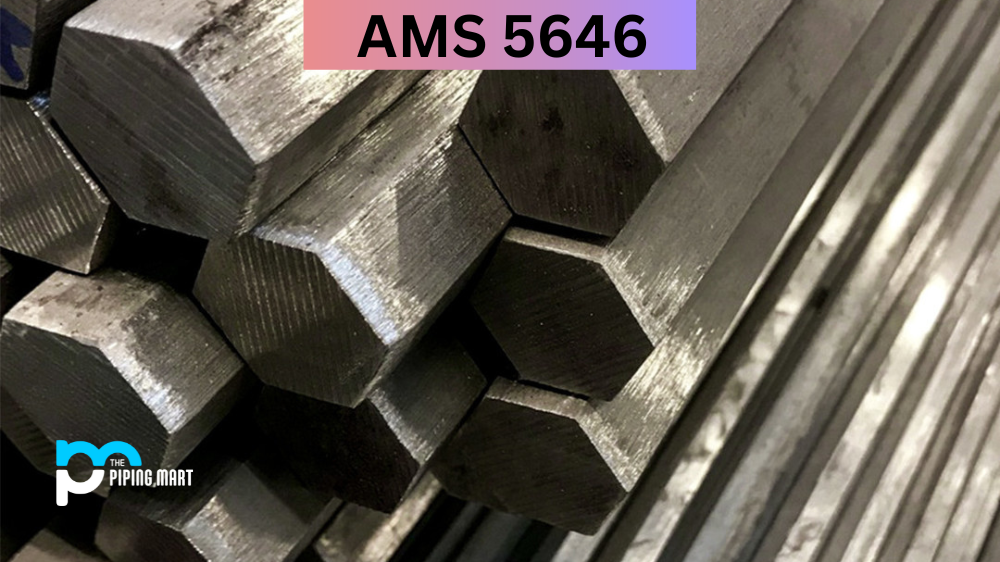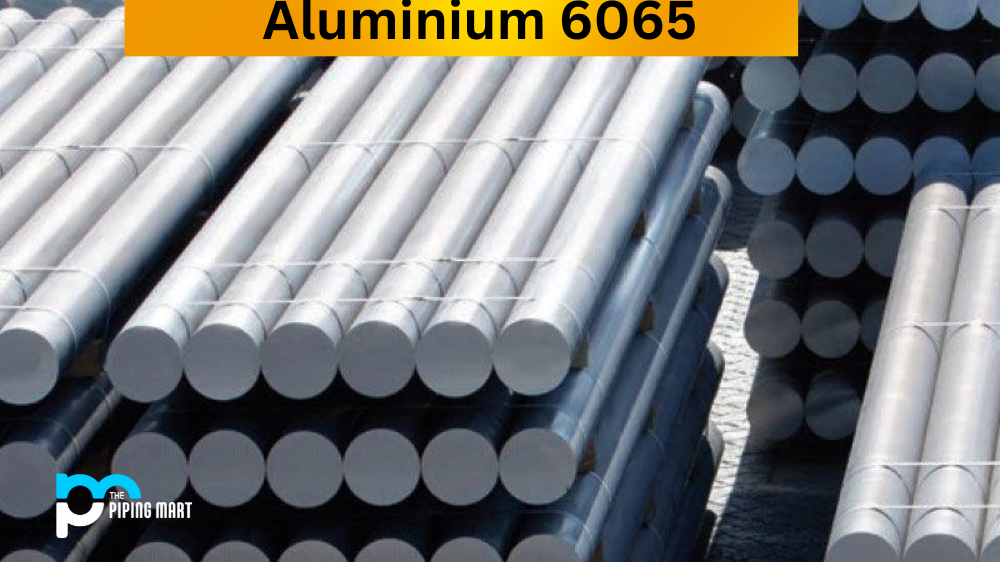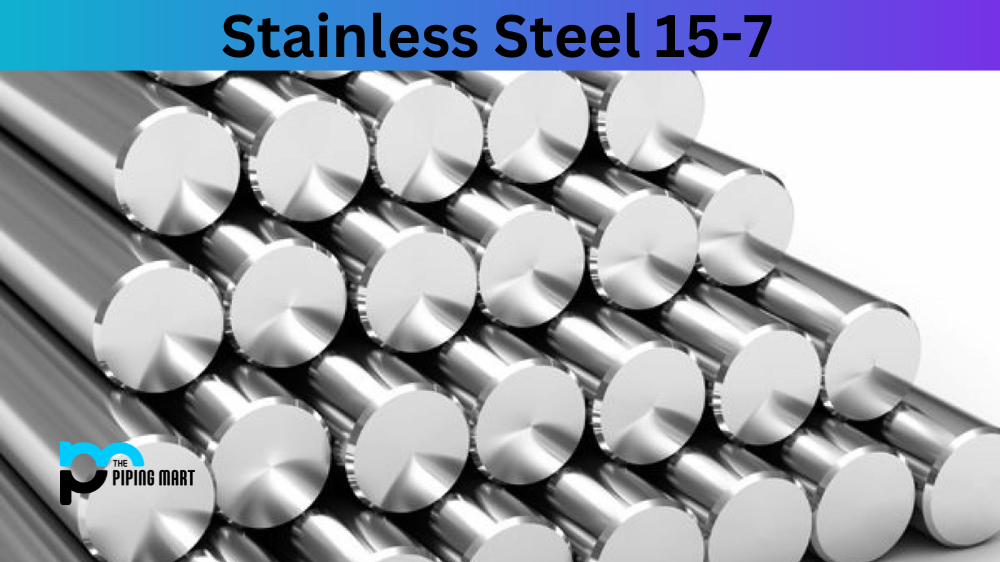Materials undergo extreme wear and tear in heavy-duty industries such as mining, construction, and transport. Ordinary steel plates often fail to withstand harsh working conditions, leading to costly downtime, repairs, and replacements. That is why Hardox 600 has become a go-to wear plate for challenging applications. This blog post explores what Hardox 600 is made of, its mechanical and physical properties, corrosion resistance, heat treatment, machining, welding, and uses.
What is Hardox 600?
Hardox 600 is an abrasion-resistant steel plate produced by SSAB Sweden. It offers superior wear and impact resistance, with a nominal hardness of 600 Brinell. The unique characteristic of Hardox 600 plates is their high hardenability, making them suitable for applications under dynamic loading or vibration conditions.
Hardox 600 Composition
Hardox 600 is a quenched and tempered steel plate with a nominal hardness of 600 HBW (Brinell Hardness). It’s made of high-strength low-alloy steel, including chromium, nickel, and molybdenum, for enhanced toughness, wear resistance, and overall performance. Hardox 600 has a higher carbon content of 0.5% to 0.7% compared to standard steel plates, giving it a more refined microstructure that resists deformation and cracking.
| PRODUCT TYPE | C *) (MAX %) |
SI *) (MAX %) |
MN*) (MAX %) |
P (MAX %) |
S (MAX %) |
CR*) (MAX %) |
NI*) (MAX %) |
MO*) (MAX %) |
B*) (MAX %) |
|---|---|---|---|---|---|---|---|---|---|
| Sheet | 0.40 | 0.50 | 1.0 | 0.015 | 0.010 | 1.20 | 1.50 | 0.60 | — |
| Plate | 0.47 | 0.70 | 1.50 | 0.015 | 0.010 | 1.20 | 2.50 | 0.70 | 0.005 |
Hardox 600 Mechanical properties
The mechanical properties of Hardox 600 make it an ideal wear-resistant material for heavy-duty applications. Its yield strength is around 1650 MPa, and its tensile strength is approximately 2000 MPa. These figures can withstand high impacts, pressures, and vibrations without losing shape or structural integrity. Hardox 600 has excellent elongation and toughness, meaning it can bend and absorb energy during heavy load cycles without cracking.
| PRODUCT | THICKNESS (mm) |
HARDNESS 1) (HBW) |
|---|---|---|
| Hardox® 600 sheet | 3.0 – 6.0 | 570 – 640 |
| Hardox® 600 plate | 6.0 – 51.0 | 570 – 640 |
| Hardox® 600 plate | 51.1 – 65.0 | 550 – 640 |
Hardox 600 Physical properties
Hardox 600 has significant physical properties that make it useful in various applications. Its wear resistance allows for extended service life and reduces downtime for equipment that incurs high abrasion. It has excellent cold-bending properties, making it easy to reproduce complex parts and shapes without heating. Furthermore, Hardox 600 offers consistent quality and dimensions, ensuring it’s reliable and easy to use over time.
Hardox 600 Carbon Equivalent CET(CEV)
| PRODUCT TYPE | Sheet | Plate | Plate |
|---|---|---|---|
| Thickness (mm) | 3.0 – 6.0 | 6.0 – 35.0 | 35.1 – 65.0 |
| Max CET(CEV) | 0.52 (0.72) | 0.57 (0.69) | 0.61 (0.87) |
| Typ CET(CEV) | 0.48 (0.64) | 0.55 (0.66) | 0.59 (0.85) |
Hardox 600 Uses
Hardox 600 is commonly used in heavy-duty applications, including bucket edges, dump truck liners, earthmoving equipment, loading buckets, ore skips, belt conveyors, and shredder hammers. Due to its high resistance to wear and tear, Hardox 600 is particularly helpful in conditions where the equipment is exposed to high abrasion or impact. It outperforms mild steel, AR200, and AR400 wear plates, making it the choice for extreme applications.
Hardox 600 Corrosion Resistance
In addition to being wear-resistant, Hardox 600 has excellent corrosion resistance. It has a low carbon equivalent that makes it resistant to corrosion in acidic and chloride environments. Hardox 600 can also withstand temperatures up to 300 °C and maintain strength and resilience. This property is beneficial when the equipment is used in high-temperature environments.
Hardox 600 Heat Treatment
Hardox 600 is delivered in heat-treated form, which means it’s ready to use after fabrication. The recommended heat treatment temperature is 850-890 °C, followed by air cooling. Higher heating temperatures or longer soaking times can cause elongation and reduced toughness. When quenching the material, special care must be taken to achieve a uniform hardness distribution.
Hardox 600 Machining
Machining Hardox 600 differs from mild steel and may require specific tool geometry or chip breaker. It’s more challenging, requires more energy, and has a greater tendency to crack. Therefore, using the right cutting tools and techniques is essential to obtain an optimal result.
Hardox 600 Welding
Welding Hardox 600 requires preheating and interpass temperature control to avoid hardening or cracking of the welded area.
Conclusion:
Hardox 600 is an excellent wear plate for heavy-duty applications that require high strength, wear resistance, and toughness. Its unique composition, and mechanical properties make it ideal for challenging conditions where ordinary steel plates may not suffice. Its excellent physical and corrosion resistance properties make it usable over various temperatures and environments. By using Hardox 600, industries can expect increased equipment uptime, reduced maintenance, and higher productivity.

A passionate metal industry expert and blogger. With over 5 years of experience in the field, Palak brings a wealth of knowledge and insight to her writing. Whether discussing the latest trends in the metal industry or sharing tips, she is dedicated to helping others succeed in the metal industry.




